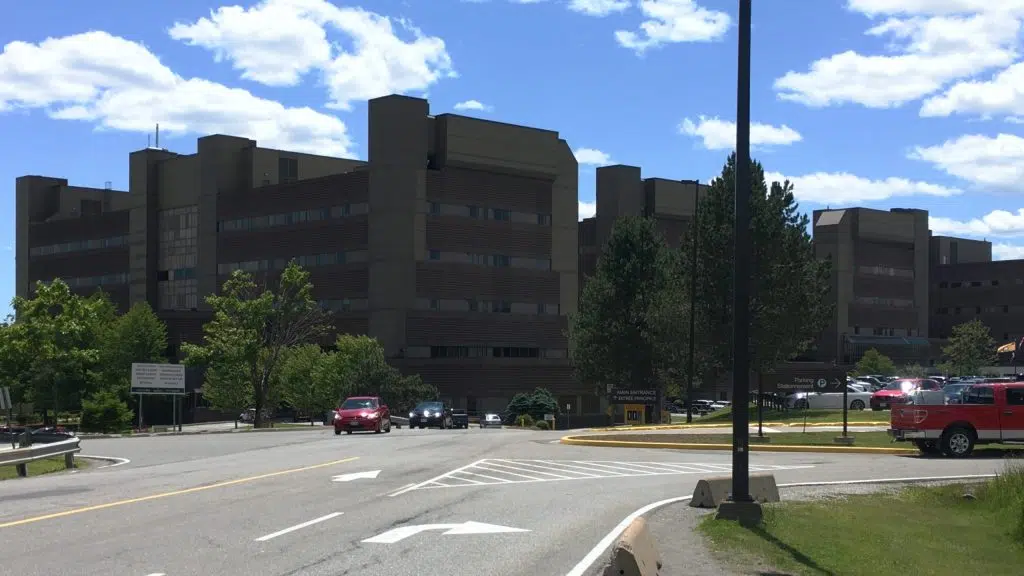The Horizon Health Network says wait times at its four regional hospitals are improving.
But its interim president says staff and physicians continue to care for a “high volume of sick patients.”
Margaret Melanson addressed reporters on Friday following long emergency department wait times over the holidays.
A surge in “very ill” patients combined with staffing shortages due to ongoing vacancies and illness led to longer waits for non-urgent issues, said Melanson.
Wait times for Level 3 patients — those with urgent medical needs who may need to be admitted — are stabilizing to pre-holiday levels, said the health authority.
But Melanson noted the average occupancy rate at Horizon’s four regional hospitals remains at 106 per cent, compared to the national benchmark of 85 per cent.
“Some of the confounding factors that led to this situation unfolding over the holidays, and because of seasonal pressures to our health care system, will continue in the near future,” said the interim president.
Also having a dramatic impact on in-patient capacity, said Melanson, is a slowdown in discharges of patients waiting for community supports or long-term care placement, as well as a high volume of patients waiting for nursing home and special care beds.
As of Friday, there were 542 patients in Horizon facilities waiting for nursing home and special care beds — representing one-third of all in-patient beds.
“We have now reached what is truly a critical level, and I believe that has now been brought to the attention of our Department of Health and Social Development, and I believe that they recognize now more than ever that action needs to be taken as expeditiously as possible,” said Melanson.
“I will say up until the last several months, we have been coping as a system, and I would say now our ability to continue to do that is reducing because of the greater needs of the acute care system, and I believe that’s been prompting now a level of action and focus that perhaps was not there previously.”
Melanson highlighted some of the actions that have been taken to improve wait times and capacity, which include:
Recent actions to improve wait times and capacity in our hospitals include:
- At the Dr. Everett Chalmers Regional Hospital in Fredericton, 12 additional beds have bene created by moving some ambulatory care clinics to Oromoto, as well as moving Maternity Outpatient Clinics to another location in the hospital.
- At The Moncton Hospital, 24 new beds have been opened, and some patients who present to the emergency department with influenza-like-illness systems have been redirected to a clinic to receive care.
- At the Saint John Regional Hospital, the discharge of some patients has been accelerated or admission has been avoided by “identifying and providing appropriate and timely services.”
- At the Miramichi Regional Hospital, the opening of new nursing home beds in the community has helped with the discharge of some patients.
Social workers are also intervening with patients in emergency departments to help reduce social admissions. In December alone, 179 patients were seen by a social worker in an emergency department, leading to 76 patients not being admitted to the hospital.
As well, rehabilitation staff are being deployed to ensure patients are prepared for discharge, assisting with patient mobilization and daily living activities and providing equipment to patients, as needed, to avoid delays in discharge.
“We are doing everything in our power, in collaboration with a number of our partners, to help improve the performance and functionality of our provincial system,” said Melanson.








